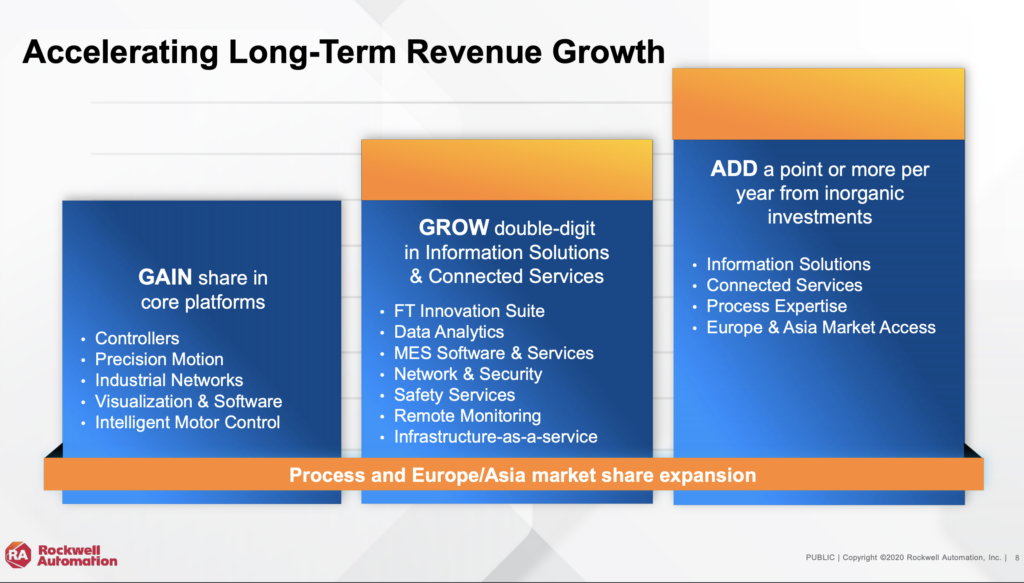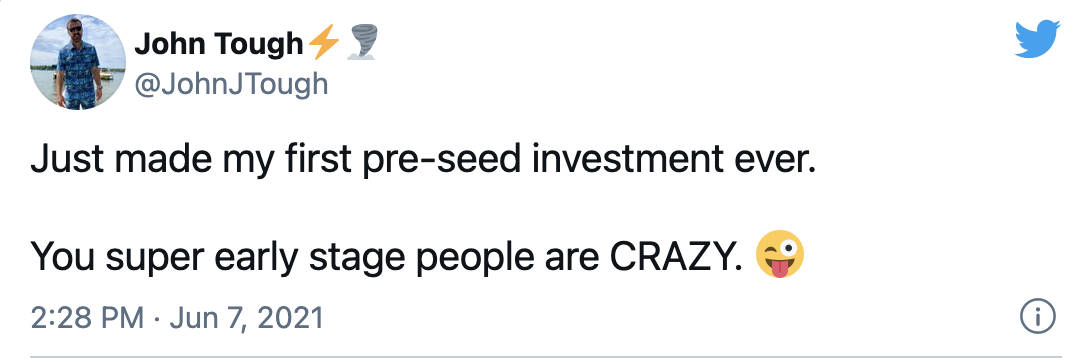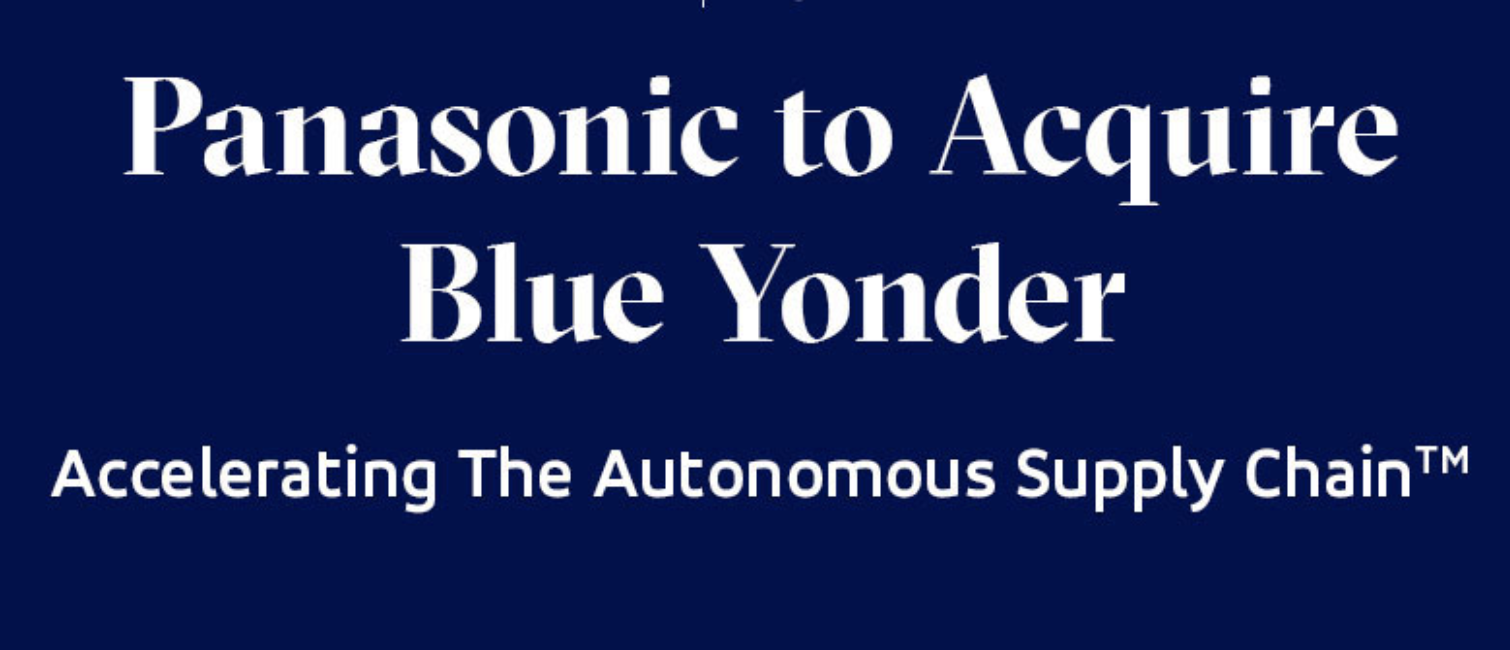
Industrial Tech M&A: Rockwell acquires Plex for $2.2bn
Last winter I covered the industrial firms that best use M&A to infuse digital applications within their growth framework.
One of those companies I highlighted was Rockwell. That original deep dive can be found here: Rockwell Automation: Ready, Set, Go. In that post I wrote the following:
“Very few firms provide such context on their intent and area of focus for inorganic growth. Rockwell makes it pretty clear: acquiring at least $250M of revenue derived mostly from industrial software businesses over the next 3-4 years. The business units are simplified and the areas of focus for growth are well-defined. I expect Rockwell to be an active player in industrial technology M&A over the coming years. High growth start-ups in the space should develop relationships accordingly…”
They also shared their targets:

With all of that background, if I were to have a second title of this article it would be: “right on queue“.
Rockwell is acquiring Plex for $2.2 billion. Plex is an industrial cloud operator that helps manage more than 8 billion indsutrial cloud data points every day. If industrial operations are getting digitized, Plex plays an important role in capturing and storing that data. The company has more than 700 customers and nearly $160M in revenue in 2020.
If you look at the chart above, Plex fits very well within “Information Solutions” and “Connected Services” for where Rockwell was targeting inorganic growth. And with $150M+ in revenue, Rockwell is ~2/3rds of the way to their annual goal of their annual $250M inorganic revenue addition goal.
Metrics
Plex was acquired for 14x their trailing twelve month revenue figure. The median figure on the Bessemer Cloud Index is 17x TTM revenue and 30% growth rate. Bottom quartile growth rate is 19% and that earns a SaaS company a 10x multiple. Assuming some M&A premium, I would venture that Plex was growing around 15-20% annually. This is a great scale (meaningfully large) and growth rate for Rockwell. As always, they continue to execute on M&A.



